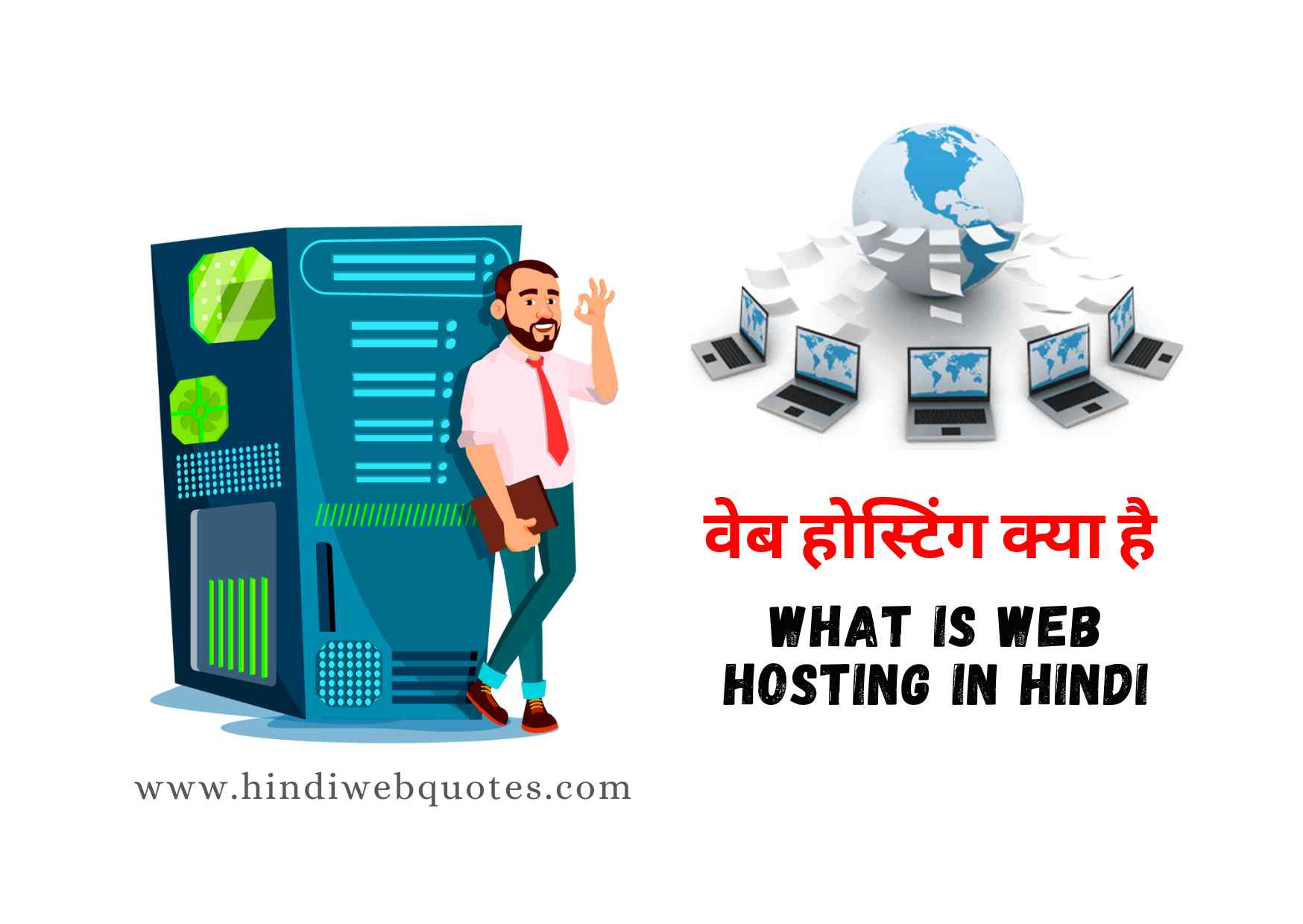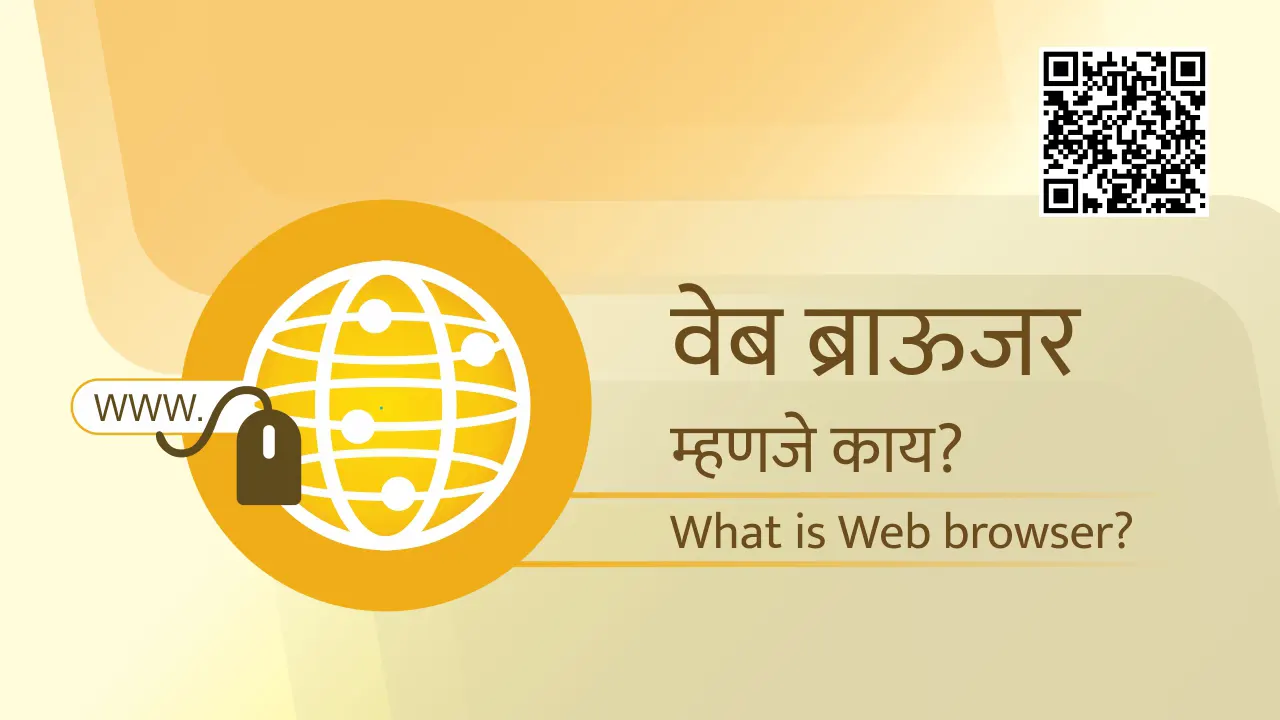Is the digital frontier truly boundless? While search engines like Google and Yahoo cover a vast swathe of the web, they only scratch the surface, indexing a mere 4% of the entire digital universe. The remaining 96% of the web remains largely unexplored, a hidden realm of information and possibilities.
The dominance of web browsers in our daily lives is undeniable. From desktops and laptops to mobile phones and other devices, web browsers provide effortless access to a wealth of information. But how does this access work? What powers the systems that allow us to explore the deep web and the complexities that lie beyond?
| Category | Details |
|---|---|
| Definition | The Internet of Things (IoT) refers to the network of physical objects ("things") embedded with sensors, software, and other technologies for the purpose of connecting and exchanging data with other devices and systems over the Internet. |
| Core Components |
|
| Examples of IoT Devices | Smart home devices (thermostats, lights, appliances), wearable devices (smartwatches, fitness trackers), industrial sensors, connected vehicles. |
| Applications |
|
| Benefits | Increased efficiency, convenience, improved decision-making, enhanced safety and security, cost savings. |
| Challenges | Security vulnerabilities, privacy concerns, interoperability issues, data management complexity, high implementation costs. |
| Reference Website | IBM - What is the Internet of Things (IoT)? |
The World Wide Web (WWW), often shortened to "the Web," is a system of interlinked hypertext documents accessed via the Internet. Its the primary information retrieval service of the internet. The Web grants users entry to a massive assortment of mass media and content, traversing the surface web, the deep web, and the dark web, all connected by means of hyperlinks, which are electronic connections that link related pieces of information.
It's important to note that you don't necessarily need to use "www" to access a website or webpage. Websites and web pages can be accessed even without "www" at the beginning of their URLs. Many websites are configured to redirect users from the non-"www" address to the "www" address, or vice versa, for consistent access. The use of "www" has become a convention, but the underlying functionality of accessing web resources doesn't depend on it.
The World Wide Web celebrated its 30th anniversary on March 12, 2019. This landmark occasion recognized the profound impact of the web on global communication, information access, and commerce.
A web browser is a software application that is essential for exploring and interacting with the Internet. Its primary function is to retrieve and display information found on the Internet. Modern web browsers enable us to effortlessly use the internet and search for information, as well as accessing the huge database of the web.
In the beginning, when people were connected to the internet via terminals, the hope was to use computers to manage workflows and use data. Remote access was difficult, and in the early days of the web and its related technologies, the only hope was to use simple terminals. However, remote access and the integration of more advanced technologies made it possible to use and view data from any machine.
Google's services are offered to provide words, phrases, and web pages for access. The web provides a method of designing and managing web pages by using words and web pages that have been translated into more than 100 languages.
The web is a system that allows for information retrieval. The web is also often referred to as the World Wide Web (WWW), and is shortened to "www". The web is a system containing diverse types of information such as web pages on a webpage.
With the advent of the Internet of Things (IoT), or "the internet of things", we are beginning to see a paradigm shift in how we gather data and how we use the Internet. IoT is a network of connected physical devices, or "things," which are embedded with sensors, software, and other technologies. This network enables these devices to connect and exchange data with other devices and systems over the internet.
| Aspect | Details |
|---|---|
| Definition | The Internet of Things (IoT) describes the network of physical objects (things) that are embedded with sensors, software, and other technologies for the purpose of connecting and exchanging data with other devices and systems over the Internet. |
| Key Components | Sensors, Connectivity, Data Processing, User Interface |
| Examples of IoT Devices | Smart home devices (thermostats, lights, appliances), Wearable devices (smartwatches, fitness trackers), Industrial sensors, Connected vehicles. |
| Applications | Smart Homes, Healthcare, Transportation, Manufacturing, Agriculture |
| Benefits | Increased Efficiency, Convenience, Improved Decision-Making, Enhanced Safety and Security, Cost Savings |
| Drawbacks | Security Vulnerabilities, Privacy Concerns, Interoperability Issues, Data Management Complexity, High Implementation Costs |
| How IoT Works | IoT devices collect data, connect to the internet, process the data, and provide insights or trigger actions. |
Data is at the core of any IoT project, which is a huge part of this system. Data today is everywhere and in massive quantities. With its objects, data is in every space and place.The term "Web of Things" (WoT) is used to describe the integration of the Internet of Things (IoT) with the World Wide Web (WWW). The primary goal of WoT is to provide a web-based standard that enables smart devices and web-based applications to communicate and interact with each other.
Sensors, actuators, and interface are examples of the physical entities used in IoT. These items are smart thermostats, wearable devices, and industrial machines.
Google's services are offered to provide words, phrases, and web pages for access. The web provides a method of designing and managing web pages by using words and web pages that have been translated into more than 100 languages.
The languages that can be used to build webpages: CSS (Cascading Style Sheets) and HTML (Hypertext Markup Language), enable you to design and style the website or webpage.
The full name of the web is the World Wide Web, also called the "www" or the "web". The web is a system with varying types of information in web pages on the web. This enables different forms of information.
The benefits of the web browser are so significant, that it's used on desktops, laptops, and mobile phones. The browser today is readily available to everyone.
A web browser is a type of application software that is used for retrieving and presenting resources such as web pages on the World Wide Web. It's the key technology for accessing information on the internet. In essence, the web browser is the portal through which users explore, interact, and experience the vast digital landscape.



Detail Author:
- Name : Tanner Zboncak
- Email : kaitlin82@streich.info
- Birthdate : 1977-04-28
- Address : 44815 Betsy Gateway Leathamouth, TN 15312-9944
- Phone : +1-810-327-1980
- Company : VonRueden-Okuneva
- Job : Tax Examiner
- Bio : Quas quidem ut eum quia officia et est. Ea accusantium itaque voluptatem. Doloribus voluptatem occaecati optio nemo cupiditate.